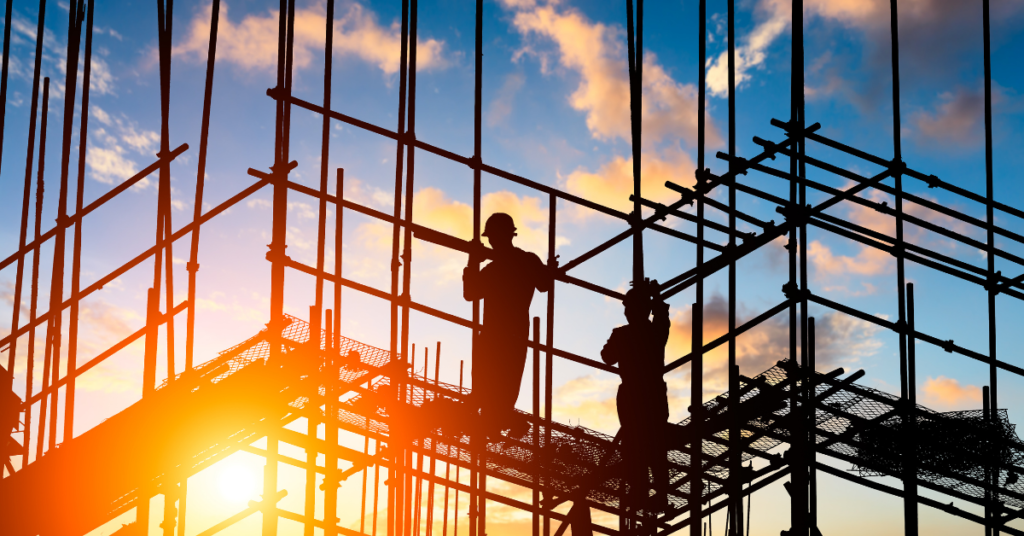Infrastructure 2021: Big Changes Could be Coming to Construction, Architecture, and Environmental Industries

A few weeks ago, President Biden brought forth a groundbreaking infrastructure proposal, suggesting wide-sweeping shifts in the US economy.
The bill is expected to bolster federal efforts to help reduce greenhouse gas emissions at a historical level. In fact, the goal is to net-zero carbon emissions over the next 30 years.
As is the case with many government bills, there’s a likelihood that a much more reduced version of this bill comes to pass. Even then, the impact this will have on the architecture, environmental, and construction spaces will be significant.
Below, this blog will further investigate these industry shifts:
What Does Biden’s Bill Mean for Construction?
Biden’s plan, whether passed in its entirety or even in a reduced version, means good things for US construction spending growth. Experts cite a jump of 200 basis points within 12 months of the bill being passed.
Total US construction spending (currently $1.5 trillion) is projected to increase 5% in 2022 and 5.5% in 2023…as long as the bill gets passed by the third quarter of this year.
Benefitting the most from this investment will be aggregate companies. They’ll experience a 3% yearly boost. Then expect a 2% increase in price and volume–while ready-mix and cement producers will also reap the rewards.
Something else to keep in mind is the “Made in All of America” initiative. This will likely cause demand and pricing to rise as cement, concrete, and other building materials are purchased within the US.
What Does Biden’s Bill Mean for Architecture?
The American Institute of Architects (AIA) believes strongly that buildings are infrastructure.
And the Biden/Harris “Build Back Better” Plan supports the above idea. As a result, the AIA has placed infrastructure at the top of its government advocacy list.
Despite the president’s intention, last year’s missed opportunity with the failed Moving Forward Act shows there’s still work to do with Congress. Many members still don’t see buildings as infrastructure.
Last year’s efforts were somewhat focused on electric vehicles and public transportation but were mostly about surface transportation and horizontal infrastructure.
Now, the AIA wishes to open up the minds of Congress members. They want $300 billion in investment over the next half-decade. And they’re focusing on meeting the 2021 International Energy Conservation Code’s Zero Code Renewable Energy Appendix (ZCREA). More specifically, the goal is to ensure building renovations meet those standards.
Furthermore, the AIA wants infrastructure construction to ensure that embodied carbon meets the “Carbon Smart Materials Palette” standards.
The main challenges for the AIA stem from uniting the multiple federal agencies and committees and bringing them all on board. Expect The House Transportation and Infrastructure Committee to most impact these initiatives.
What Does Biden’s Bill Mean for the Environmental Industry?
Biden’s plans for the environment include $174 billion in spending on the electric vehicle market.
This will lead to building half a million charging stations throughout the US by 2030. Not only will this encourage citizens to buy electric vehicles, but it means more funding for materials built in the country.
The new administration is also attempting to commit $100 billion to update the country’s electric grid, strengthening them against climate disasters (e.g., the recent storm in Texas that derailed the state with blackouts).
Lastly, expect roads and infrastructures to be built to handle droughts, wildfires, and floods.
RHM Staffing Solutions
These changes are impending and your business needs to adapt. Find the talent who’s on top of these industry trends at RHM Staffing Solutions, so you’re equipped for the future.
